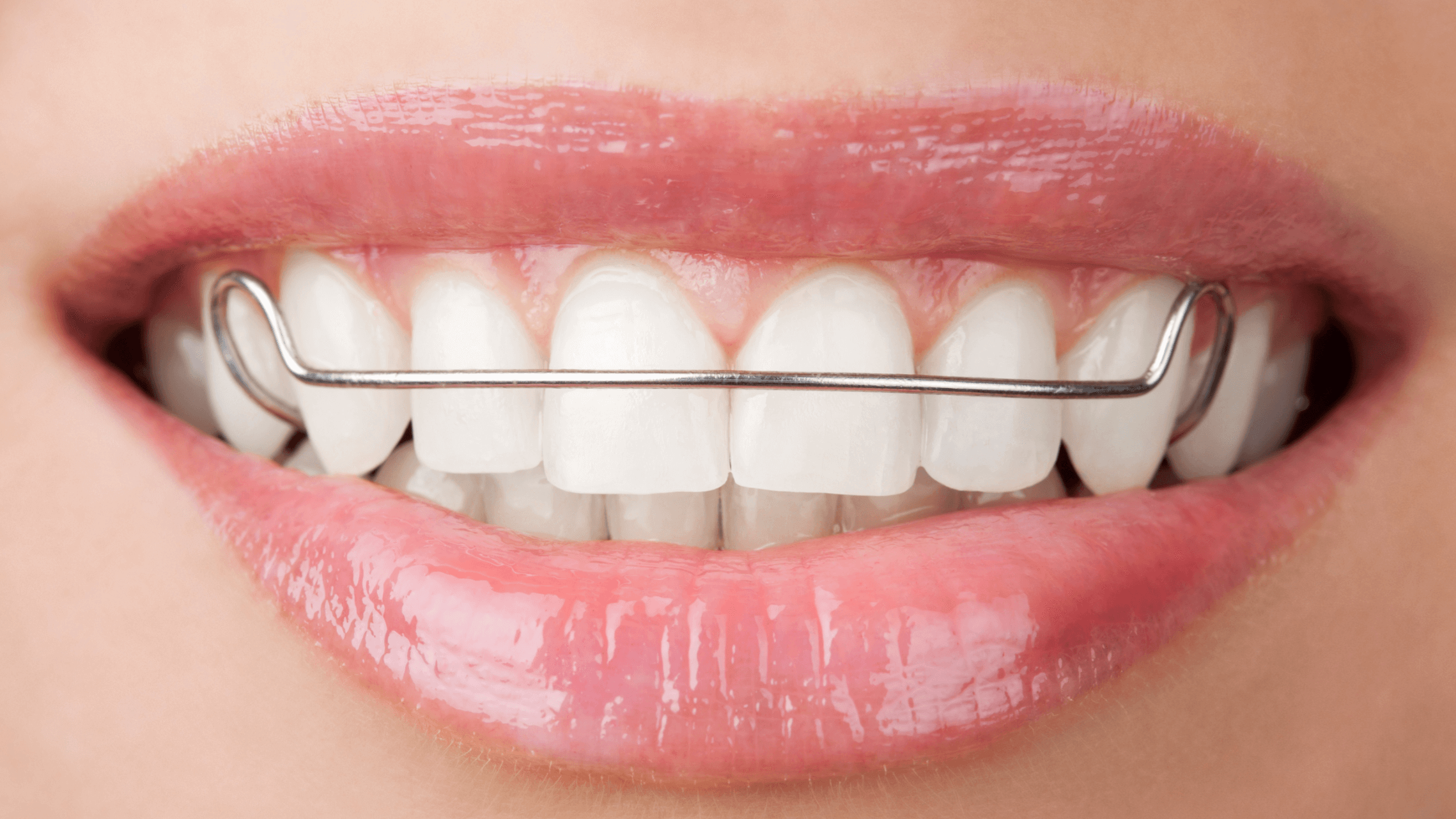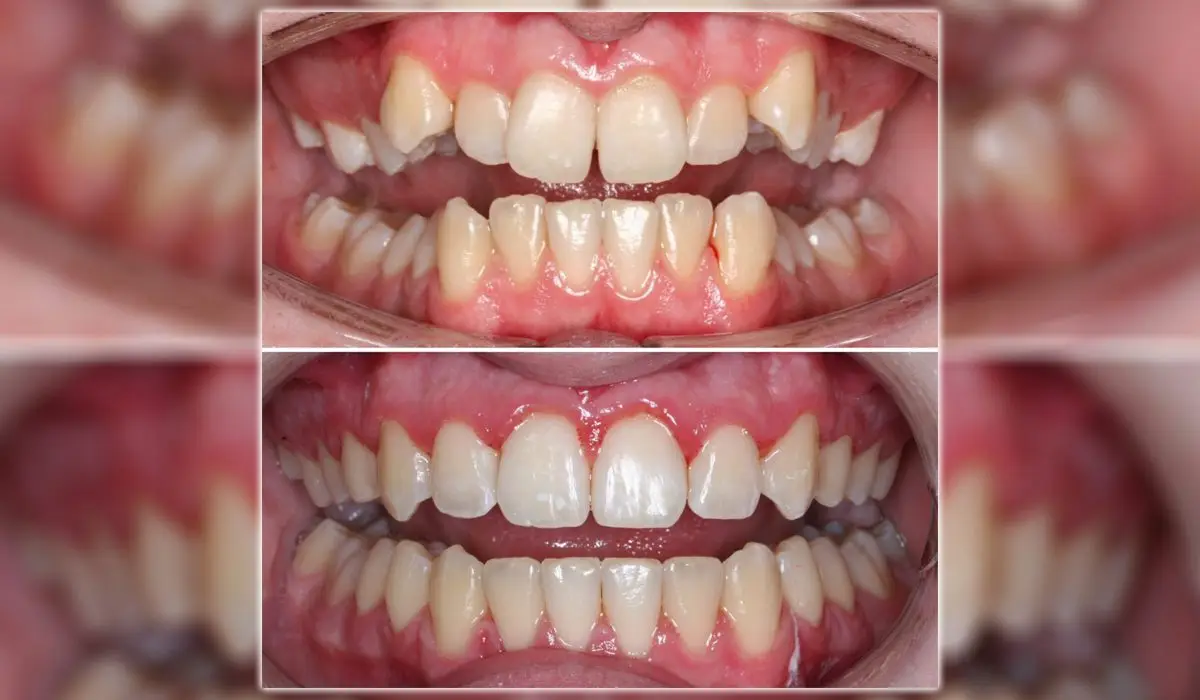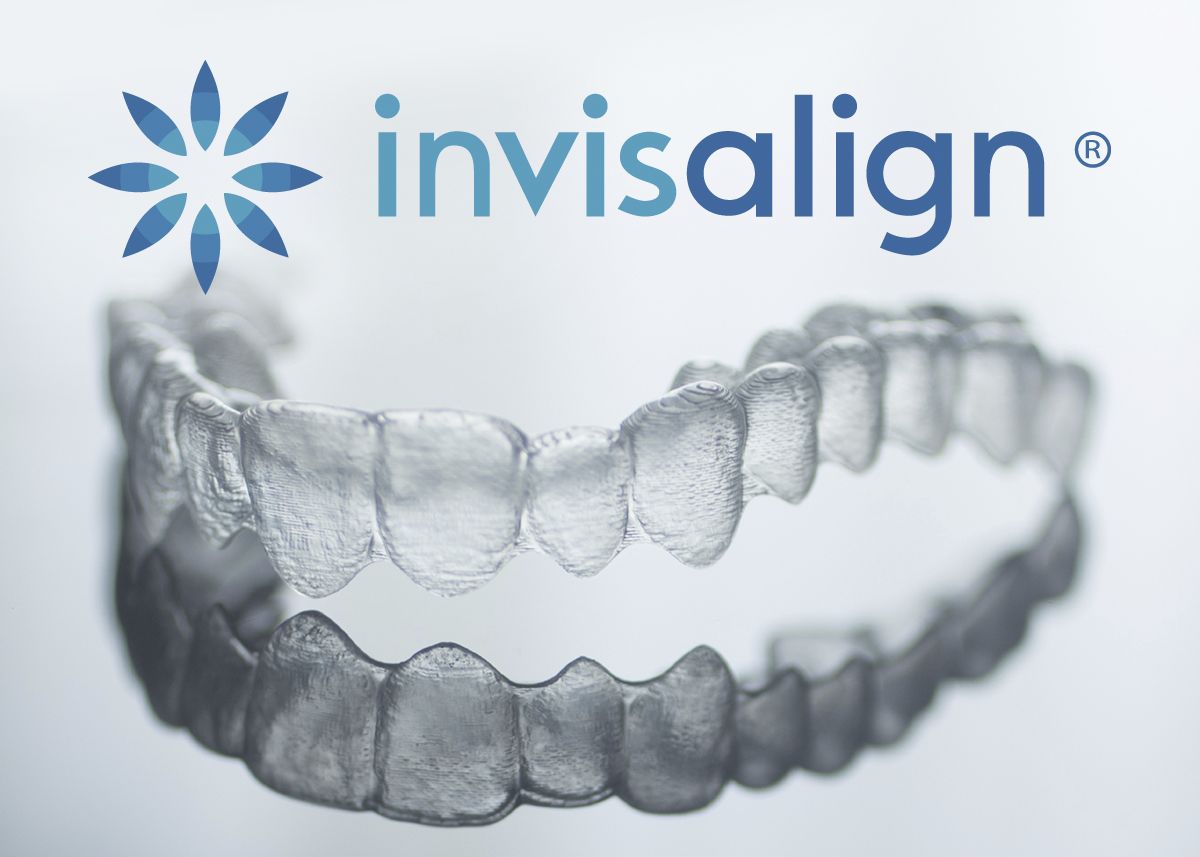Frequently Asked Questions Concerning Invisalign: Everything You Required to Know
Frequently Asked Questions Concerning Invisalign: Everything You Required to Know
Blog Article
Invisalign vs. Standard Braces: Which Option Is Right for You?
When thinking about orthodontic treatment, the option between Invisalign and conventional braces presents numerous vital variables that warrant careful assessment. Invisalign provides a discreet choice with detachable aligners, while standard braces provide an extra noticeable yet efficient option for severe imbalance.
Introduction of Treatment Options
&srotate=0)
In comparison, traditional dental braces consist of steel braces and cables that are bonded to the teeth. This approach uses constant pressure with time to attain positioning. While effective for complicated orthodontic problems, traditional dental braces require routine gos to for changes and can pose difficulties in keeping dental hygiene due to the trouble of cleaning around brackets and wires.
Both choices have their qualities, and the choice typically pivots on specific dental conditions, way of life choices, and person compliance. Ultimately, consulting an orthodontic professional is essential for establishing one of the most ideal therapy strategy customized to individual needs. Understanding the nuances of each option can considerably influence the overall success of orthodontic therapy.
Aesthetic Considerations
A considerable element affecting the option between Invisalign and traditional dental braces is the aesthetic appeal each therapy provides. Invisalign aligners are crafted from clear plastic, making them virtually undetectable when used.
In contrast, traditional dental braces contain steel brackets and cords, which can be much more noticeable. While innovations in orthodontic innovation have caused the development of smaller sized braces and tinted elastics, traditional dental braces still maintain an even more conspicuous profile. For some people, the exposure of braces may hinder them from seeking needed treatment.
Inevitably, the choice between Invisalign and traditional braces might depend upon individual choices concerning looks. Clients that focus on discretion commonly favor Invisalign, while those who are much less worried about exposure might opt for standard dental braces. Understanding the aesthetic effects of each alternative is crucial for making an informed choice that lines up with one's way of living and choices.
Convenience and Convenience

In regards to ease, Invisalign aligners are detachable, allowing clients to enjoy their preferred foods without restriction and keep optimum oral hygiene. Cleaning and flossing are streamlined, as the aligners can be secured throughout these regimens, whereas typical braces require mindful navigating around check my site brackets and cords.
In comparison, conventional dental braces necessitate normal adjustments, making them much less convenient for those with hectic schedules. Generally, the convenience and benefit of Invisalign make it an enticing choice for numerous people seeking orthodontic therapy.
Therapy Duration and Efficiency
While both Invisalign and traditional braces are reliable in correcting oral misalignments, the period of therapy can vary dramatically between the 2 choices. Usually, Invisalign therapy can take anywhere from 12 to 18 months, depending on the complexity of the situation. The clear aligners function by progressively changing teeth into their wanted positions, and regular follow-ups with an orthodontist assistance make sure progress continues to be on course.
In contrast, traditional braces commonly call for a longer commitment, usually ranging from 18 months to 3 years. This is due to their set nature and the use of braces and cables, which can be much more effective for extreme misalignments and complex instances (Invisalign). The therapy performance of standard braces is well-documented, as they allow for accurate modifications and higher control over tooth activity
Eventually, the selection in between Invisalign and conventional braces might rest on both the expected therapy period and the particular oral you can look here issues available. Consulting with an orthodontist is critical, as they can offer customized suggestions based on individual needs, ensuring the selected method straightens with preferred timeframes and results.
Expense Comparison and Insurance Policy Alternatives
Expense plays a substantial role in the decision-making procedure for individuals considering orthodontic treatment, whether going with Invisalign or typical dental braces. Generally, the expense of Invisalign varieties from $3,000 to $8,000, while typical dental braces generally set you back between $2,000 and $6,000. Variables affecting these expenses consist of the complexity of the situation, the period of treatment, and geographical area.
Several dental insurance policy plans provide partial protection for orthodontic treatments, yet the specifics can differ commonly. Typically, standard dental braces might be a lot more frequently covered by insurance coverage plans compared to Invisalign, which some insurance companies classify as an aesthetic procedure.
In addition, several orthodontic practices use adaptable layaway plan, making both treatment choices a lot more accessible. Clients need to ask about prospective financing choices and discount rates for in advance repayments. Reviewing the overall price, consisting of insurance policy advantages and settlement strategies, is important for making an informed decision that aligns with both aesthetic preferences and budget considerations.

Conclusion
In summary, the option between Invisalign and conventional braces rests on multiple factors, including visual choices, convenience, treatment period, and price. Invisalign provides a very discreet, removable alternative that promotes dental health and dietary versatility, while standard dental braces might be a lot more appropriate for complicated oral concerns and usually come with a lower price factor. Inevitably, examination with an orthodontist is necessary to examine private situations and determine one of the most proper treatment alternative for attaining ideal oral placement.
When taking into consideration orthodontic treatment, the option between Invisalign and typical braces offers a number of important variables that warrant cautious analysis.Comparing Invisalign and typical braces reveals unique her comment is here treatment options for orthodontic improvement.While both Invisalign and standard braces are efficient in correcting oral misalignments, the period of treatment can vary significantly in between the two alternatives.Expense plays a considerable duty in the decision-making process for people thinking about orthodontic treatment, whether choosing for Invisalign or standard braces.In recap, the choice between Invisalign and typical braces pivots on numerous elements, consisting of visual preferences, comfort, therapy period, and cost.
Report this page